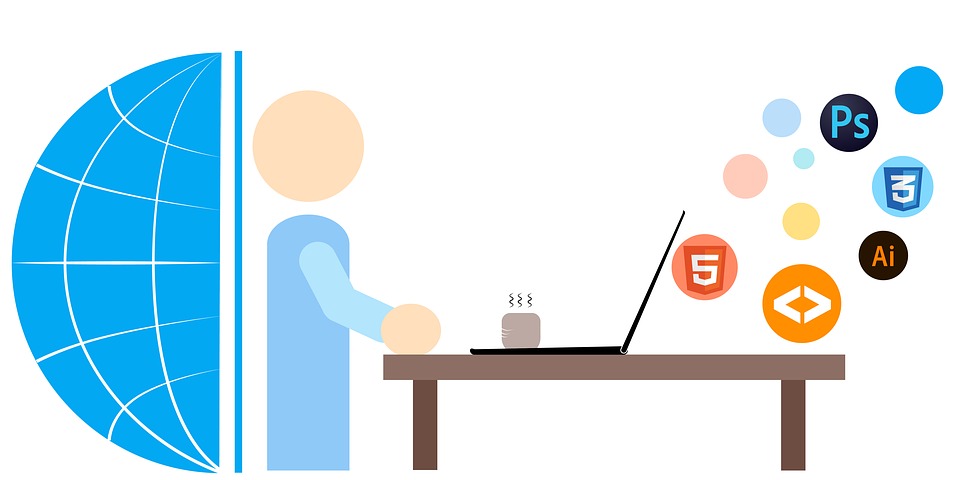Stock images are a library of images available for free use. Websites offer both paid and free content. Flickr.com boasts one of the largest free stock image libraries, backed by Yahoo. Pexels.com offers simple license policies with all images free for commercial and noncommercial use, no attribution required. Unsplash.com is considered the largest free image library. Pixabay.com stands out with a variety of media types—images, videos, vector images, and illustrations—all available for free use.
Author: Ali Imran
Setting Up Columns Using Bootstrap
Bootstrap serves as a steadfast anchor amidst the turbulence of web design trends. Although it endeavors to establish some semblance of standardization, it recognizes that change is the only constant in the digital realm. In Bootstrap 3.0, you can harness the power of classes such as “col-sm-,” “col-md-,” and “col-lg-*” to create versatile column layouts. With Bootstrap 3, the class “col-md-*” becomes your ally, helping you define the number of columns of width you desire for your web layout. In the world of web development, where change is the norm, Bootstrap’s commitment to maintaining some standards while adapting to shifting trends makes it an invaluable resource for developers.
Homestead – Laravel – Setup
Laravel Homestead is an official, pre-packaged Vagrant box that provides you a wonderful development environment without requiring you to install PHP, a web server, and any other server software on your local machine. No more worrying about messing up your operating system! Vagrant boxes are completely disposable. If something goes wrong, you can destroy and re-create the box in minutes! Homestead runs on any Windows, Mac, or Linux system, and includes the Nginx web server, PHP 7.3, PHP 7.2, PHP 7.1, MySQL, PostgreSQL, Redis, Memcached, Node, and all of the other goodies you need to develop amazing Laravel applications.
WordPress Plugin Comments
WordPress, the most popular content management system in the world, owes much of its flexibility and extensibility to the vibrant world of plugins and themes. When it comes to creating WordPress plugins, one of the most crucial aspects is documentation. But before you even dive into the code, you must craft those essential lines of code known as “WordPress Plugin Comments.” In this article, we’ll unravel the significance of these comments and explain how they pave the way for seamless plugin development.






